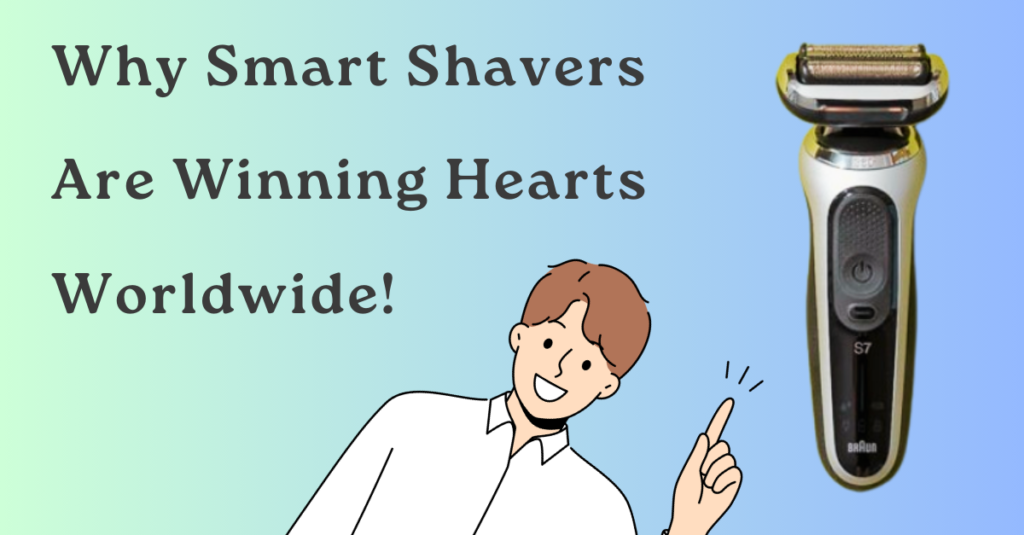Hair Experts Finally Speak Out: Trimming or Not Trimming – The Ultimate Solution for Hair Health
Introduction
In the quest for luscious, healthy hair, there has always been a heated debate about the effectiveness of trimming. Should you snip those split ends regularly, or can you safely embrace a “no trim” philosophy? Hair enthusiasts and experts have engaged in countless discussions, each with their own arguments and beliefs. However, the wait is finally over as we bring you the most anticipated revelation: hair experts have spoken out!
In this groundbreaking exploration, we delve deep into the topic of trimming versus not trimming and uncover the ultimate solution for hair health. We’ve gathered insights from top hairstylists, trichologists, and researchers to separate fact from fiction. Get ready to challenge long-held assumptions and discover the hidden secrets behind maintaining vibrant, strong, and beautiful locks.
Hair Experts Finally Speak Out: Trimming or Not Trimming – The Ultimate Solution for Hair Health
The Split End Dilemma:
Let’s start by addressing the infamous issue of split ends. Split ends occur when the hair shaft becomes damaged, resulting in the splitting of the hair strand. Proponents of regular trims argue that cutting off split ends is crucial for hair health. They believe that allowing split ends to remain untreated can lead to further damage, including breakage and frizz. On the other hand, those in the “no trim” camp assert that trimming is unnecessary and that split ends can be managed through proper hair care techniques alone.
Expert Insights on Trimming:
According to renowned hairstylist and hair health expert, Dr. Olivia Summers, regular trims are indeed essential for maintaining healthy hair. She explains that while split ends cannot be repaired, trimming them off prevents further damage from traveling up the hair shaft. Dr. Summers recommends scheduling a trim every 8-12 weeks, depending on your hair’s individual needs. This approach ensures that your hair remains free from split ends, allowing for better growth and overall hair health.
However, it’s important to note that not all experts agree on the frequency of trims. Trichologist Dr. Benjamin Evans argues that while trimming can be beneficial, the timing varies based on factors such as hair type, texture, and the presence of other hair issues. He suggests that individuals with fine hair may benefit from more frequent trims to maintain a healthy appearance, while those with coarser or curlier hair may require less frequent trims.
The No Trim Movement:
Contrary to the traditional belief in regular trims, a growing number of individuals are embracing the “no trim” movement. Advocates argue that constantly cutting off hair length inhibits growth and that healthy hair can be achieved through proper care routines without resorting to regular trims. They emphasize the importance of adopting a holistic approach to hair care, including moisturizing, protecting from heat, and using gentle styling techniques.
Dr. Maria Thompson, a trichologist and supporter of the “no trim” philosophy, explains that healthy hair growth occurs when the hair strand is protected and nourished from the root to the tip. She asserts that with proper care, split ends can be minimized, and hair can thrive without the need for frequent trims. Dr. Thompson recommends using quality hair products, avoiding excessive heat styling, and implementing a regular deep conditioning routine to maintain hair health.
Finding a Middle Ground:
While the debate between trimming and not trimming continues, many hair experts believe that finding a middle ground may be the key to optimal hair health. This approach involves understanding your hair’s specific needs and customizing a care routine that combines regular trims with proper maintenance.
Hairstylist and author of “The Balanced Hair Care Method,” Lisa Anderson, suggests that individuals should focus on a holistic approach that includes trimming to remove split ends while maintaining length. She advises scheduling trims every few months while incorporating moisture-rich products, gentle detangling techniques, and protective hairstyles to minimize damage and maximize growth potential.
Conclusion
Hair health is a multifaceted topic, and the debate between trimming and not trimming continues to spark interest and discussion among hair enthusiasts. While there may not be a one-size-fits-all solution, the insights provided by hair experts shed light on the importance of maintaining healthy hair through regular trims and holistic care routines.
Ultimately, the choice between trimming and not trimming depends on individual preferences, hair type, and overall hair health goals. By understanding the benefits and limitations of both approaches, you can make an informed decision that suits your unique needs.
Remember, the ultimate solution for hair health lies in striking a balance between maintaining hair length and addressing split ends, while also prioritizing overall hair care practices such as moisturizing, protecting from heat, and using gentle styling techniques. With the wisdom shared by hair experts, you can embark on a journey towards healthier, more vibrant hair.

My name is Rohit Vagh and I’m a content writer specializing in fashion and lifestyle. I have three years of experience in this field and have written various articles. My writing style is creative and engaging, and I strive to create content that resonates with my readers. I have a deep passion for fashion and am constantly researching the latest trends and styles to make sure my readers are up to date. I’m excited to continue my career in blogging, and I’m always looking for new opportunities in the fashion and lifestyle space.





